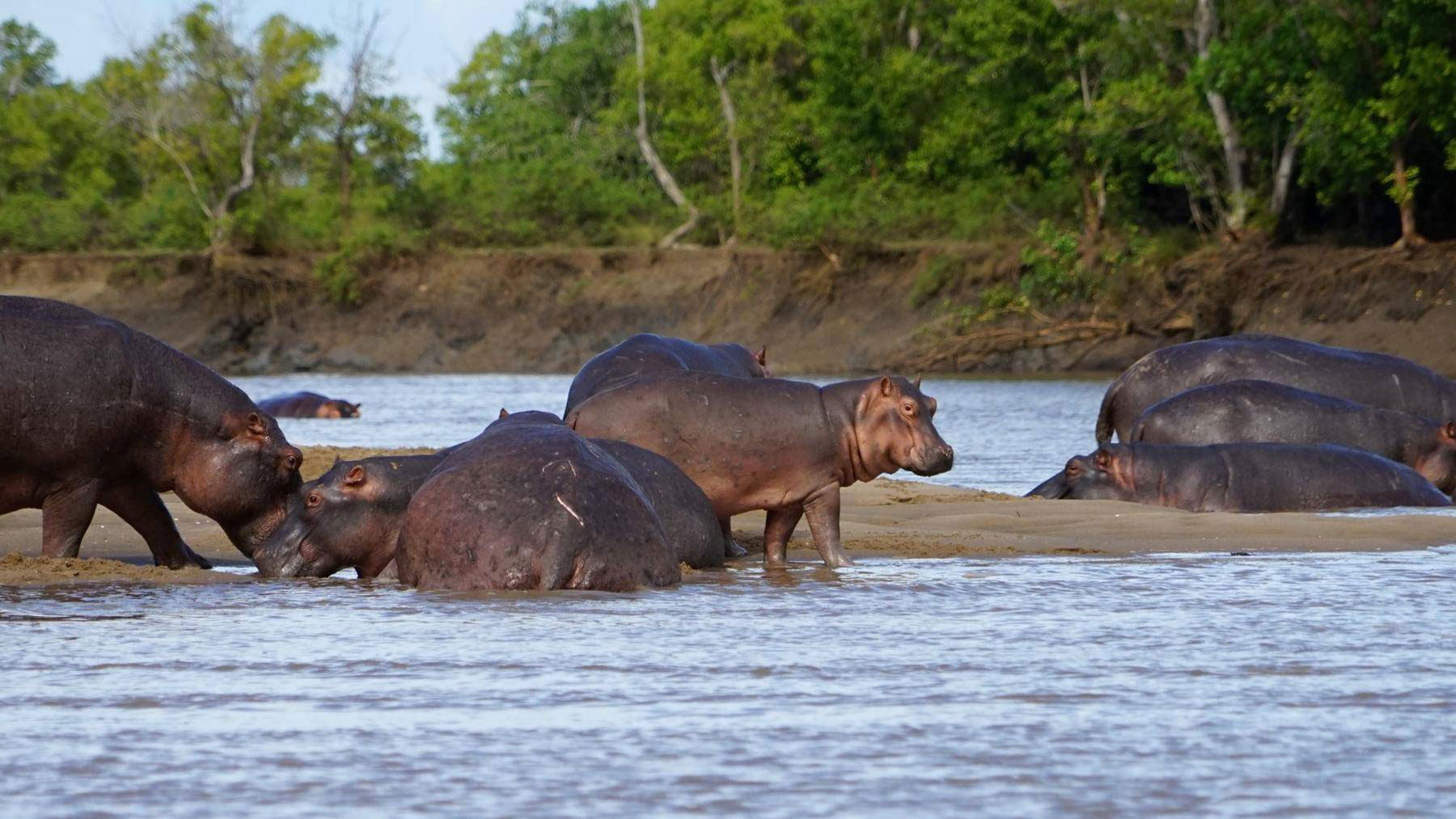
Daily Tour
Travel
1+ Person
Any Language
Saadani National Park is a one of a kind paradise with unique ecosystem where beach life meets wilderness. This gives you not only the opportunity to plunge into the Indian Ocean straight after your safari, but also to be submerged in a unique display of both marine and mainland flora and fauna in a naturally fascinating setting.
The name Saadani has a close link to the Arab settlement in the area during the 19 Century. The name of a fishing village that, origin ally known as Utondwe which changed to Saadani.Saadani is such an important name in the country’s history since the time immemorial centuries or more, mentioned in chronicles of the Portuguese and notable travellers like Johannes Rebman, El-Masoud, Ptolemy, and Richard Burton among others. The historical Saadani leaves us with the evidence of not only visits of these travellers, but also of a former town which was once a trade centre coordinating overseas and hinterland bather trade, including slave trade.
It was officially declared to National Park status in 2005 under Government Notice No. 188. The Park covers an area of 1,100sqkm after annexation of the former Saadani Game Reserve, Mkwaja Cattle Ranch, Zaraninge Forest Reserve and Wami River.
Climate
The Park experiences an Eastern African coastal climate with bimodal rainfall, which ranges 800 – 1200mm annually. Long rains fall from March to June and short ones from October to December. February and July are the best driest months with peak temperatures reaching up to 29C. The best period for visits is the dry season, although the Park remains attractive year-round.
Attractions
These are places of interest where tourists visit, typically for their inherent or exhibited natural or cultural value, historical significance, natural or built beauty offering leisure, adventure and amusement to visitors.
The spectacular concentration of wild animals like Waterbuck, Giraffe, Warthog, and Yellow baboon, Reedbuck, Bushbuck, Hartebeest, Elephant, Buffaloes and Lion is obvious.
Mafui Sandbank
It is within the marine extension of the park whose colorful coral reefs are important breeding sites for many fish species. While in the sandbank tourist enjoys snorkeling and diving underwater and learn on many different types of Indian Ocean living organisms. The chances of seeing dolphins and humpback whales putting on their show in the Indian Ocean are beyond.
Pangani town
The name Pangani owes to the river that runs through northern part of the Historical Town. Pangani is a very old town, it is believed to be established before 6th Century BC as a coastal dhow port, but later became a station on the caravan route from Late Tanganyika for exporting slaves and ivory. Several historical sites in and around the town serve as reminders for the strong Arabic influence and the later German, British colonial era in Tanganyika. The town served as port, when sisal plantations were set up in the colonial period, before the Tanga Harbour constructed. Nowadays it is mainly a fishing town with a lot of coconut trees, providing nice beaches for quiet vacation. Pangani is close to the Saadani National Park only 40km to Madete entry gate which is approximate 1hr drive on rough road.
What to Do
Game drive, Guided walking to the bush (1-3 hours), River cruising at Wami river where you will see crocodiles along the river bank, and visiting Mafui sandbank